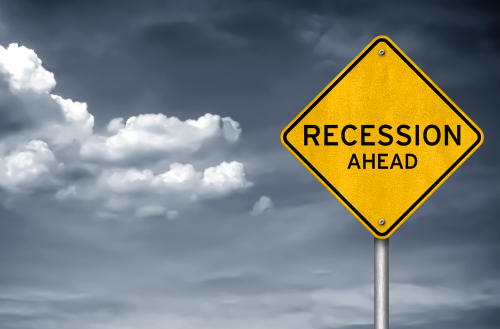
Economics & Growth | Monetary Policy & Inflation | US

Economics & Growth | Monetary Policy & Inflation | US
This article is only available to Macro Hive subscribers. Sign-up to receive world-class macro analysis with a daily curated newsletter, podcast, original content from award-winning researchers, cross market strategy, equity insights, trade ideas, crypto flow frameworks, academic paper summaries, explanation and analysis of market-moving events, community investor chat room, and more.
Stubborn US inflation helped US yields soar ahead of this week’s FOMC meeting. The benchmark 10Y yield surpassed 3.5% on Monday – its highest level since 2011. The yield on the 2Y reached around 3.95% – its highest level since 2007. This puts 2Y yields up 71bps over the past 30 days compared to 66bps for the 10Y. A combination of the two has resulted in the 2s10s inversion deepening to around -46bps. The probability of recession increases with yield curve inversion.
Our recession model, which uses the 2Y10Y part of the yield curve, now assigns an 80% chance of a recession within the next twelve months (Charts 1 and 3). Meanwhile, the Fed’s recession model, which uses the 3M10Y part of the yield curve, produces a 22% chance of recession (Chart 2).
We introduced two models for predicting US recessions using the slope of the US yield curve. When long-term yields start to fall towards or below short-term yields, the curve flattens or inverts. This has often predicted a recession in subsequent months. Our model is based on the 2s10s curve compared to a model from the Fed that is based on the 3M10Y curve. We believe that the 2Y better captures expectations for Fed hikes in coming years and is, therefore, more forward-looking.


Spring sale - Prime Membership only £3 for 3 months! Get trade ideas and macro insights now
Your subscription has been successfully canceled.
Discount Applied - Your subscription has now updated with Coupon and from next payment Discount will be applied.